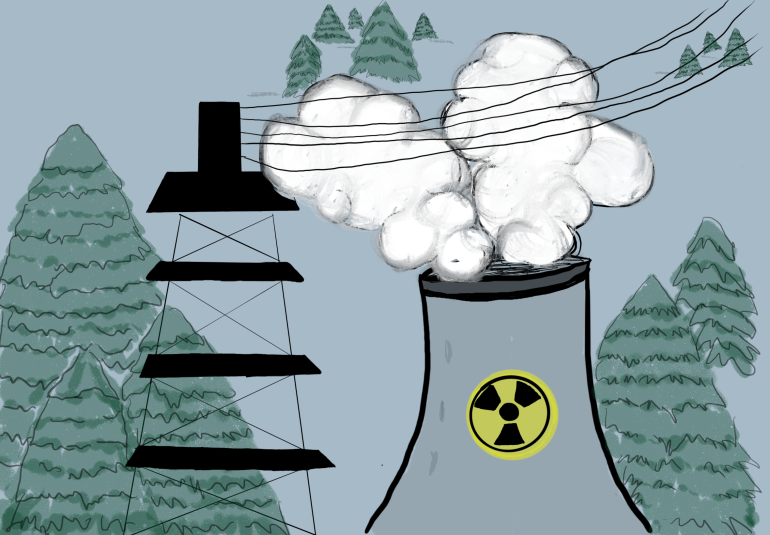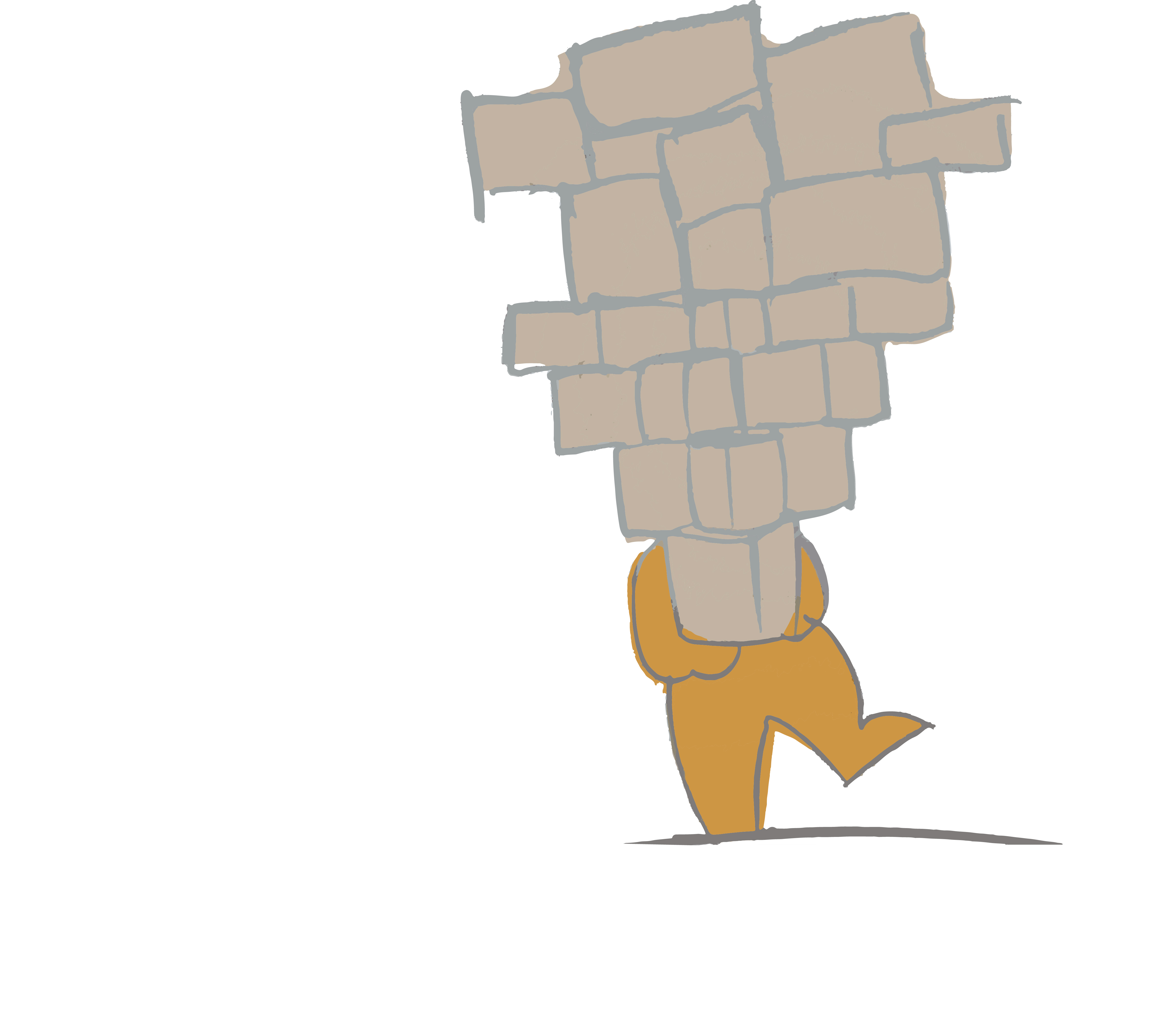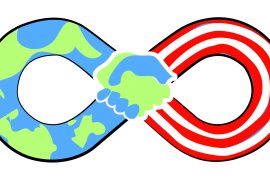What happened to Trojan? From 1975 to 1992, Oregon had its only nuclear power plant, the Trojan Nuclear Power Plant, and it provided us with 12% of our energy. Since its closure, Oregon has been without nuclear power, with the exception of the small amount of energy we get from our friends up north in Washington. Why haven’t we built a new Trojan since then? During the nuclear high in the mid 20th century, a partial reactor meltdown occurred in Pennsylvania– known as the Three Mile Island accident– and it completely changed the trajectory of nuclear energy in the U.S., sparking a movement of anti-nuclear sentiment. Since then, the rate at which we built nuclear plants has decreased significantly, with only one new reactor beginning operations past 1996 in the United States.
This slowing of reactor-building is merited though, right? It is easy to assume so when you look back at the devastation we’ve seen from Fukushima and Chernobyl, yet devastation from other energy sources has not led us to stop using them to produce energy. The most blatant example of this would be coal power plants. Though the nitrogen oxides and sulfur dioxide released from coal power plants is estimated to cause 13,200 deaths a year in the U.S. alone, it still makes up 10.8% of the United States’ energy production. Hydroelectric power has proven to be safe in recent decades, but earlier in its history it claimed the lives of over 400 people in the U.S.
Nuclear on the other hand? Eight deaths in the United States. Ever.
Though there have been notable accidents in the U.S., such as the aforementioned Three Mile Island accident, not every accident is as bad as Chernobyl. Fukushima, the meltdown that caused Germany and Italy (among other countries) to move away from nuclear, has zero associated deaths. Germany doesn’t even have a coast that can be threatened by earthquakes and tsunamis, as was the case with the Fukushima catastrophe. Is it really worth it for Germany to continue their reliance on natural gas, (a significant portion of which comes from Russia,) instead of maintaining their current nuclear plants? That is another topic of conversation, so for now I’ll leave the Germans alone for picking Russian gas over the clean, and safe, nuclear plants.
Anyways.
All to say, nuclear energy is safe. The fear, though understandable, is unmerited due to little harm compared to other sources of energy we use. With that in mind, why is Oregon without a nuclear plant? Nuclear plants generate a massive amount of energy, with the United States having 54 plants that make up 18.8% of its energy production. For comparison, 72 hydroelectric sources make up 6.6% of the United State’s energy production. With nuclear power being safe and clean, why is Oregon one of the twenty-two states that don’t have a single power plant? What would it look like if it did?
One way to break down Oregon’s energy usage is by electricity (~45% of overall energy usage), transportation (~29%; vehicles), and direct use (26%; house heating and the like). Though direct use and transportation are both mostly powered by unclean energy, it is complicated and risky to make them clean. A fair argument can be made that relying solely on the electric grid leads to recurring power outages, so I will focus on the energy sources that supply electricity.
Of that 45% of energy consumption we get from electricity, around half (47.97%) of it is powered by coal and natural gas, with the other 52.03% being powered by clean energy sources. Because this coal and natural gas is being used for electricity instead of direct use, such as heating, there is really no reason as to why it must continue to be powered this way. So, with that in mind, how many nuclear power plants would it take to replace the coal and natural gas to make our electric grid 100% supplied by clean energy?
At most, two.
Coal and natural gas combined produce 25,820,000 Mwh in energy to our electric grids, and if our nuclear reactors produced as much as the nuclear plant in Washington produces, around 8,126,000 Mwh, then it would take four reactors.
(A good portion of our power plants in the U.S have two or more reactors in them. If we had two reactors in each plant, then with two plants, we could power ~47% of our electric grid, ~20% of our overall energy usage —making our electric grid 100% clean energy.)
So why haven’t we?
Even though there are too many factors to distill things down to a single answer, one of the biggest factors has been fear. Ever since the Three Mile Island accident in 1979, the nuclear industry took a downturn that can be largely attributed to local opposition to the building of new plants and increased safety standards (a good thing, obviously) leading to longer construction times and increased costs. People really did not, and currently do not, want to live next to nuclear power plants, and since Chernobyl, the perspective on anything nuclear has been largely one of hesitation. One looks at a dam and sees nothing but a dam, but driving past a nuclear power plant gives off weird vibes.
It is unnecessary to fear them though. We have seen little harm caused by nuclear power plants in the United States, and the potential that was seen in the 20th century for nuclear energy can be realized today. With the U.S. pouring tens of billions of dollars into solar and wind subsidies, which produce far less energy than nuclear, turning that money towards nuclear could lead to a cleaner America, and more specifically a cleaner Oregon, quicker.





